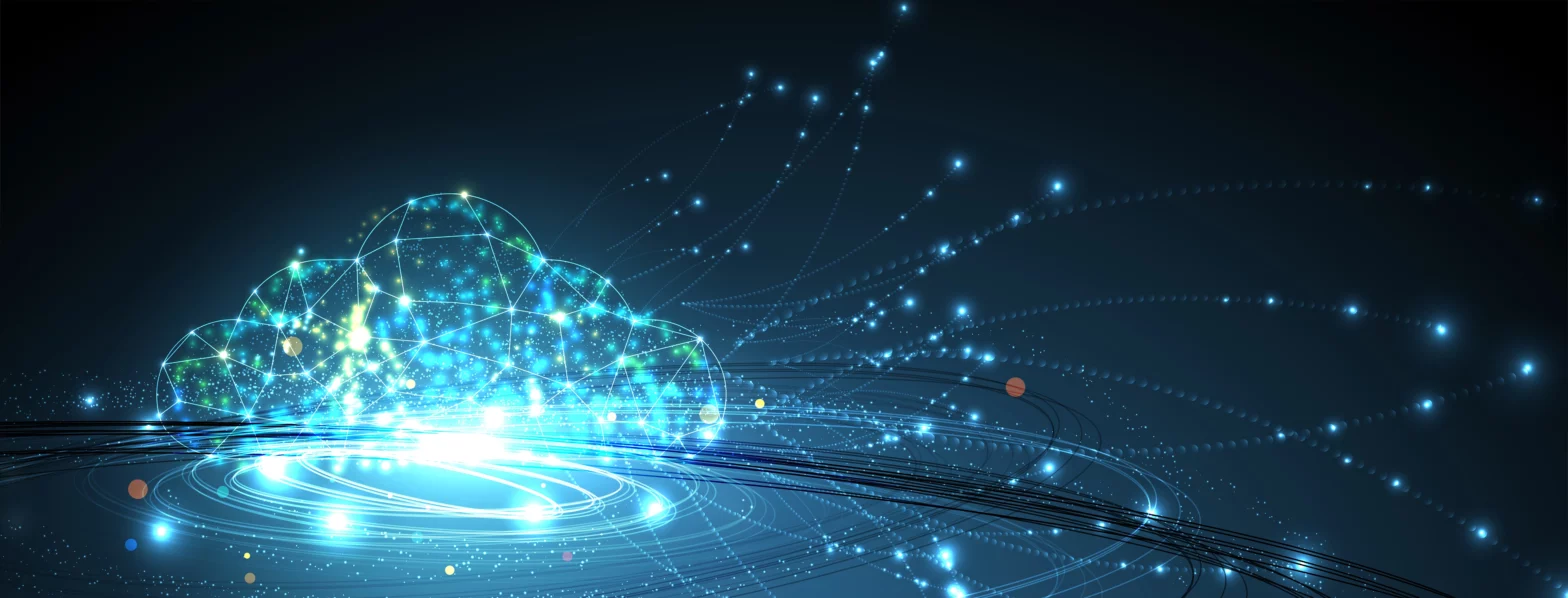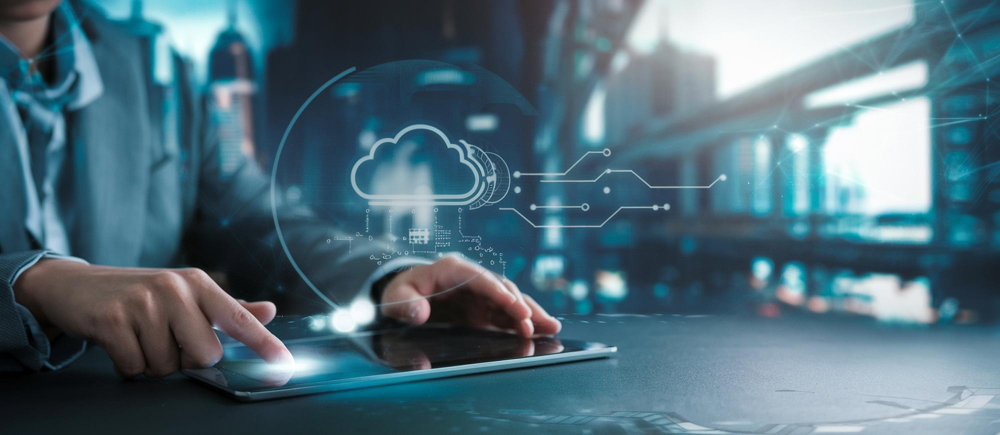- AI
- November 4, 2025
Self-healing AI systems and adaptive autonomy: The next evolution of Agentic AI

- AI
- November 4, 2025
Self-healing AI systems and adaptive autonomy: The next evolution of Agentic AI
Artificial Intelligence has come a long way, from simple task automation to systems capable of reasoning, learning, and adapting. Yet, most AI solutions today still rely on human intervention when things go wrong. When a model fails, data pipelines break, or predictions drift, engineers must step in to fix the issue. In 2026, however, the next evolution of agentic AI is beginning to emerge: self-healing AI systems with adaptive autonomy.
These systems are not just reactive tools; they are intelligent entities that can monitor themselves, diagnose issues, and take corrective actions in real time. They represent the next leap toward true digital resilience, where AI systems evolve continuously to maintain accuracy, reliability, and performance without constant human oversight.
Self-healing AI and adaptive autonomy
Self-healing AI refers to systems that can automatically detect failures, optimize performance, and recover from disruptions without manual intervention. It mirrors how living organisms heal wounds or restore balance, only in a digital ecosystem. These AI systems monitor internal processes, detect anomalies, and execute pre-defined or learned corrective measures.
Adaptive autonomy, on the other hand, represents a system’s ability to modify its own behavior based on situational awareness. Unlike traditional automation that follows static rules, adaptive AI agents can assess environmental changes, re-evaluate objectives, and learn from new experiences. This capability transforms agentic AI agents that act independently to achieve defined goals into dynamic, evolving digital collaborators.
Together, self-healing and adaptive autonomy form the foundation of a new AI generation that can maintain reliability, efficiency, and trust at scale.
How self-healing AI works
Self-healing AI systems are designed to identify, analyze, and correct issues in real time without requiring human intervention. They rely on continuous monitoring, intelligent automation, and adaptive learning to maintain operational stability even in unpredictable environments.
At the core of this capability is autonomous feedback looping, where the system constantly collects performance data, detects deviations from expected outcomes, and initiates corrective actions. For example, if an AI-driven cloud service detects latency or unusual network activity, it can automatically redirect workloads, restart malfunctioning processes, or trigger security countermeasures.
These systems also use predictive analytics and anomaly detection to expect potential failures before they occur. Machine learning models trained on historical and real-time data help the AI recognize early signs of degradation such as memory leaks, software bugs, or sensor malfunctions and act proactively to prevent downtime.
Reinforcement learning plays a vital role by enabling these systems to improve through experience. By evaluating the impact of their actions, they refine their decision-making strategies and adapt to new patterns or threats. This makes them ideal for large-scale environments like data centers, autonomous vehicles, and IoT networks where manual intervention can be costly or time-consuming.
The ultimate goal is to create a closed-loop system capable of self-diagnosis, self-repair, and self-optimization. Such systems minimize human dependency, reduce downtime, and enhance operational reliability, paving the way for a future where AI can maintain, protect, and evolve on its own.
Real-world applications across industries
Self-healing AI systems are not imaginary, they are already making their way into real-world operations.
- IT operations: AIOps (Artificial Intelligence for IT Operations) platforms, like IBM Watson AIOps, use self-healing mechanisms to automatically resolve system failures and configuration drifts, ensuring uninterrupted digital services.
- Manufacturing: Predictive maintenance systems powered by adaptive AI continuously monitor machinery, anticipate failures, and self-adjust parameters to extend equipment life.
- Healthcare: AI-driven patient monitoring systems are evolving to detect inaccuracies in data, recalibrate sensors, and self-correct diagnostic models. This not only improves patient safety but also reduces manual intervention.
- Autonomous vehicles: Companies like Tesla and Waymo are advancing self-healing algorithms that detect sensor malfunctions and reconfigure perception models to maintain safe driving conditions without external input.
These examples demonstrate how self-healing AI can make critical systems more reliable, proactive, and resilient.
Driving enterprise resilience and innovation with self-healing AI
For organizations, the adoption of self-healing and adaptive AI brings measurable benefits beyond technical improvements.
- Operational resilience: Self-healing capabilities minimize downtime and prevent cascading failures across complex IT ecosystems.
- Cost efficiency: Automated remediation reduces the need for round-the-clock manual monitoring and incident response, lowering operational costs.
- Continuous optimization: Adaptive systems ensure that models remain accurate and performant even as data patterns evolve.
- Innovation enablement: With AI managing routine troubleshooting, human teams can focus on higher-value strategic initiatives and innovation.
In short, businesses gain not just efficiency but self-sustaining intelligence, AI that improves itself as it operates.
Challenges in building self-healing and adaptive AI systems
Despite their potential, developing self-healing and adaptive AI systems involves several complex challenges:
- Trust and accountability
Organizations must ensure these autonomous systems act within defined parameters. While self-correction enhances resilience, unchecked autonomy could lead to unpredictable or non-compliant behavior. - Explainability and transparency
As these systems continuously learn and evolve, it becomes difficult to trace how specific decisions are made. This poses serious compliance challenges, especially in regulated sectors like healthcare and finance. - Security risks
The ability of AI systems to modify their own code or configuration can introduce new vulnerabilities. Without strict oversight, such flexibility may become a target for cyberattacks or unintended system conflicts. - Ethical and governance concerns
Increasing autonomy raises important ethical questions about fairness, bias, and control. Clear governance models and human oversight are essential to balance innovation with responsibility.
The road ahead: Building trust in self-healing AI systems
The future of AI lies not only in smarter algorithms but in resilient, self-reliant systems that can maintain trust, security, and efficiency in complex environments. As organizations deploy increasingly autonomous agents, the need for explainability and governance becomes more critical than ever. Business leaders must ensure that self-healing and adaptive AI models remain transparent, auditable, and ethically aligned with both organizational and societal values.
Trust will soon become the ultimate differentiator. Companies that successfully blend technological autonomy with strong accountability frameworks will lead the next phase of AI innovation. These systems will not just recover and adapt, but also evolve responsibly while maintaining human oversight.
The journey toward adaptive autonomy is not about replacing human intelligence but about enhancing it. By enabling organizations to thrive in unpredictable environments, such systems can redefine operational efficiency, minimize downtime, and unlock new possibilities for innovation. Ultimately, AI will not only assist humans but sustain itself for them.




